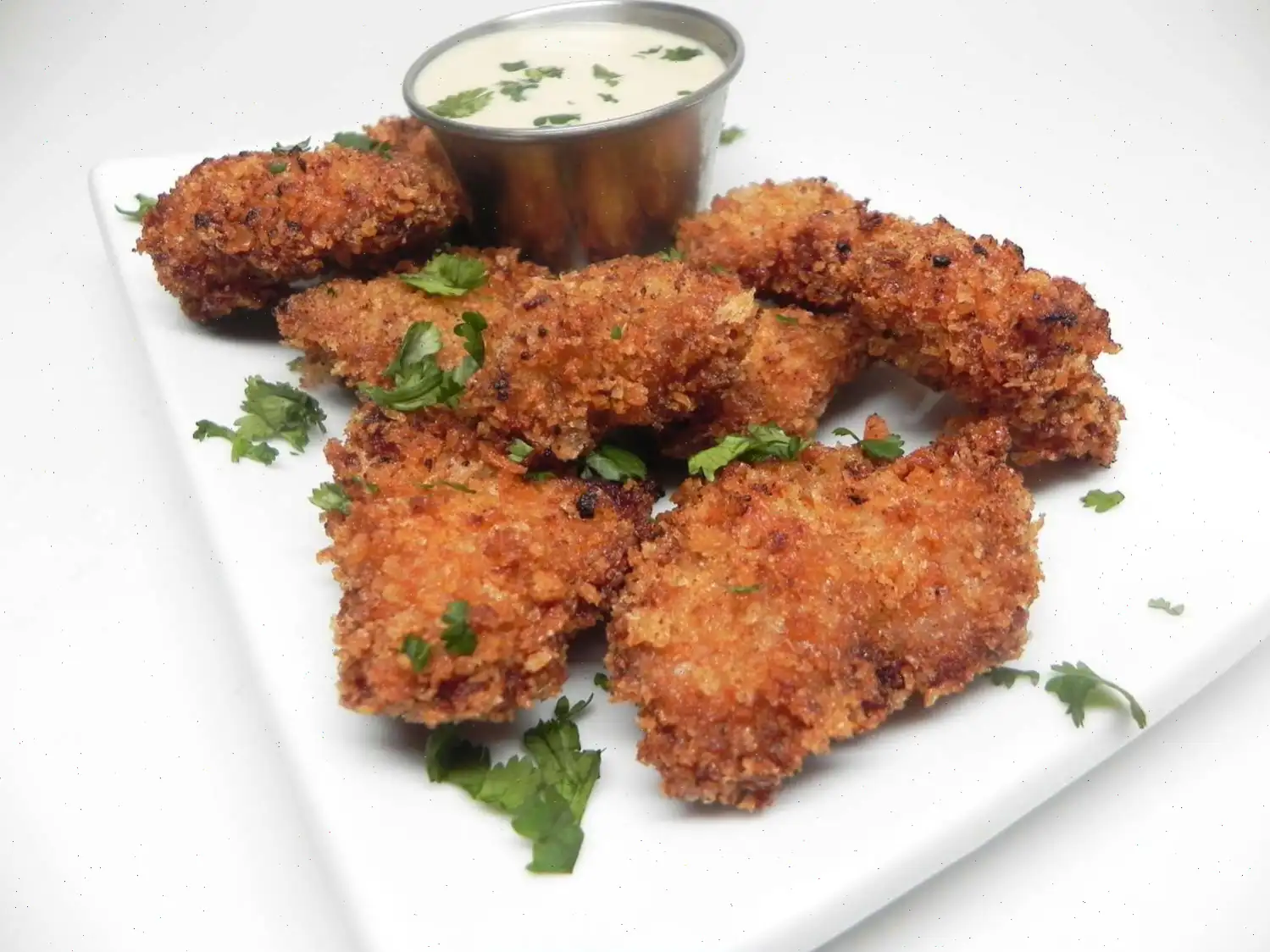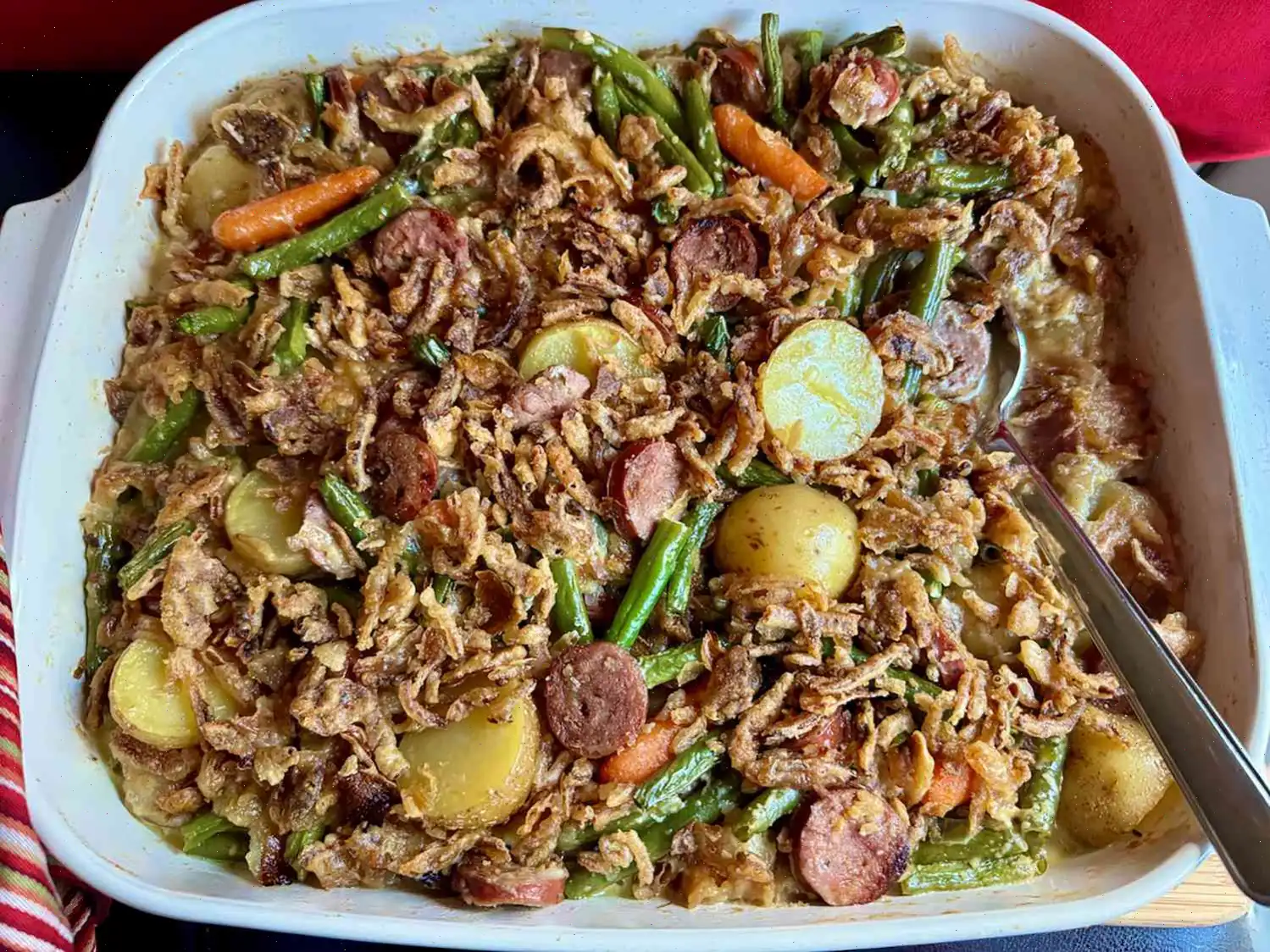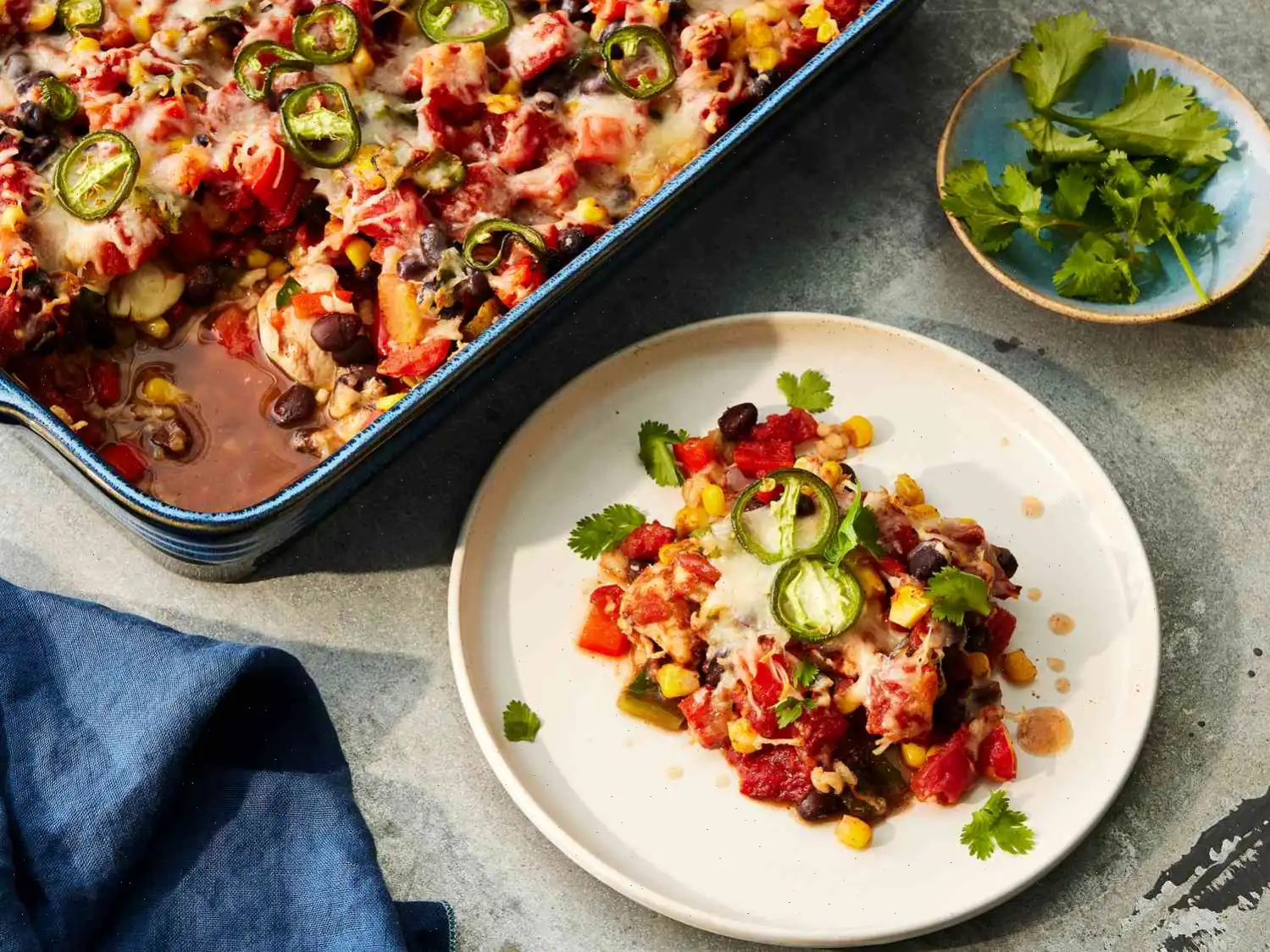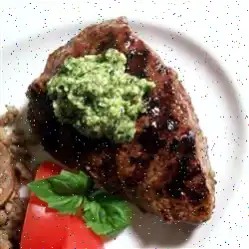
Karaage (Japanese Fried Chicken) with Honey Mayoster Sauce Recipe
Servings: 4
Ingredients
For the Chicken:
- 1 tablespoons low-sodium soy sauce
- 1 tablespoon honey
- 2 teaspoons minced garlic
- 2 teaspoons minced fresh ginger
- 1 pound skinless, boneless chicken thighs, cut into bite-sized pieces
- 1 egg
- 1 cup panko bread crumbs
- Vegetable oil for frying
For the Sauce:
- cup Japanese mayonnaise
- 3 tablespoons mirin (Japanese sweet wine)
- 2 tablespoons honey
- 2 tablespoons Dijon mustard
- 1 tablespoon low-sodium soy sauce
Directions
Step 1: In a large glass or ceramic bowl, whisk together 1 tablespoons soy sauce, 1 tablespoon honey, garlic, and ginger. Add the chicken pieces and toss to coat evenly. Cover the bowl with plastic wrap and let the chicken marinate in the refrigerator for 8 hours, or overnight for best results.
Step 2: After marinating, remove the chicken from the bowl and shake off any excess marinade. Discard the remaining marinade.
Step 3: In a separate bowl, beat the egg until smooth. Place the panko bread crumbs in another shallow bowl. Dip each piece of chicken into the beaten egg, allowing any excess egg to drip off before pressing it into the panko crumbs. Ensure the chicken is completely coated. Arrange the breaded chicken pieces on a plate in a single layer and repeat with the remaining chicken.
Step 4: Heat vegetable oil in a deep fryer or large saucepan to 350F (175C). Carefully lower the chicken into the hot oil in batches, making sure not to overcrowd the pan. Fry the chicken until golden brown and crispy, about 5 minutes. Transfer the cooked chicken to paper towels to drain excess oil. Repeat the frying process with the remaining pieces of chicken.
Step 5: In a small bowl, whisk together the Japanese mayonnaise, mirin, honey, Dijon mustard, and soy sauce until well combined. Drizzle the sauce over the crispy chicken just before serving.
Nutrition Facts (per serving)
- Calories: 681
- Total Fat: 48g (61% DV)
- Saturated Fat: 9g (44% DV)
- Cholesterol: 128mg (43% DV)
- Sodium: 1045mg (45% DV)
- Total Carbohydrate: 46g (17% DV)
- Dietary Fiber: 0g (1% DV)
- Total Sugars: 17g
- Protein: 22g (44% DV)
- Vitamin C: 1mg (1% DV)
- Calcium: 28mg (2% DV)
- Iron: 2mg (9% DV)
- Potassium: 202mg (4% DV)
* Percent Daily Values are based on a 2,000-calorie diet. Your daily values may vary depending on your calorie needs.

Recipe by: Schen1
Origin of Karaage
Karaage is a popular Japanese dish that consists of marinated chicken pieces that are deep-fried until golden and crispy. The word "karaage" refers to the method of deep frying, derived from the Chinese technique of deep-frying foods in hot oil. Karaage has evolved into a beloved dish across Japan and is often served at home, in restaurants, and as street food. The dish is typically made with chicken thighs, marinated in soy sauce, garlic, and ginger before being coated with flour or panko breadcrumbs. Over time, regional variations and different dipping sauces have emerged, like the unique honey mayoster sauce in this recipe, adding a distinctive touch to the traditional dish.
Regional Variations
While Karaage is popular nationwide, regional variations exist based on local preferences. In Okinawa, for example, the chicken may be marinated in a mixture that includes local sake and soy sauce, giving the dish a distinct flavor profile. In Hokkaido, Karaage is sometimes served with a more substantial coating, making the crunch factor more pronounced. Additionally, some regions incorporate a sweet or tangy sauce, like the honey mayoster sauce featured in this recipe, which blends honey, Japanese mayonnaise, and Dijon mustard for a rich, flavorful glaze.
Differences from Similar Dishes
While Karaage may remind some of fried chicken, it differs significantly from the Southern American style of fried chicken in several ways. For one, Karaage typically uses boneless chicken thighs, which are marinated in soy sauce, garlic, ginger, and sometimes sake or mirin. The chicken is coated with panko breadcrumbs or sometimes just flour, offering a lighter, crispier texture than the batter used in American fried chicken. Additionally, Karaage is often served with a dipping sauce, like the honey mayoster sauce, which adds a creamy, tangy contrast to the rich, savory flavor of the chicken.
Where to Serve Karaage
Karaage is a versatile dish and can be served in many different contexts. In Japan, it is often enjoyed as part of a bento box, at a casual izakaya (Japanese pub), or as a snack with beer. It's also a popular choice for parties or gatherings, served as finger food. The dish is commonly accompanied by rice, pickles, and sometimes a side of salad or slaw. Karaage with honey mayoster sauce can be served as a dinner entre or as an appetizer at parties, bringing a delightful balance of flavors and textures.
Interesting Facts About Karaage
- Karaage is often served at festivals and street food stalls in Japan, where it is known for its crispy texture and savory flavor.
- Some versions of Karaage are made using not just chicken, but also fish or tofu, depending on regional and seasonal availability.
- The name karaage originally referred to a method of frying food, but over time, it became synonymous with fried chicken in Japan.
- Despite its Chinese origins, Karaage has become so ingrained in Japanese culinary culture that it is now considered a staple of Japanese home cooking.
Conclusion
Karaage with honey mayoster sauce is a modern twist on a classic Japanese dish, blending savory fried chicken with a unique, sweet, and tangy sauce. Whether you're enjoying it at a family dinner, at an izakaya with friends, or as part of a bento box, this dish is sure to impress with its rich flavors and crispy texture. So next time you're looking to try something new in the kitchen, why not give this delicious Japanese fried chicken recipe a go?
FAQ about Karaage (Japanese Fried Chicken) with Honey Mayoster Sauce Recipe
Comments
Patricia Hernandez
09/27/2024 05:14:00 AM
I had to use Chinese rice wine instead of mirin and had to use additional egg and panko crumbs to achieve a good coating. If I had cut the pieces larger, I believe I would not have needed extra coating. Overall, the dish was absolutely fantastic, and the sauce was exceptional.
Patrick Gonzalez
09/28/2023 04:11:29 PM
I just made this dish and it turned out fantastic! The whole family loved it just the way it is.








